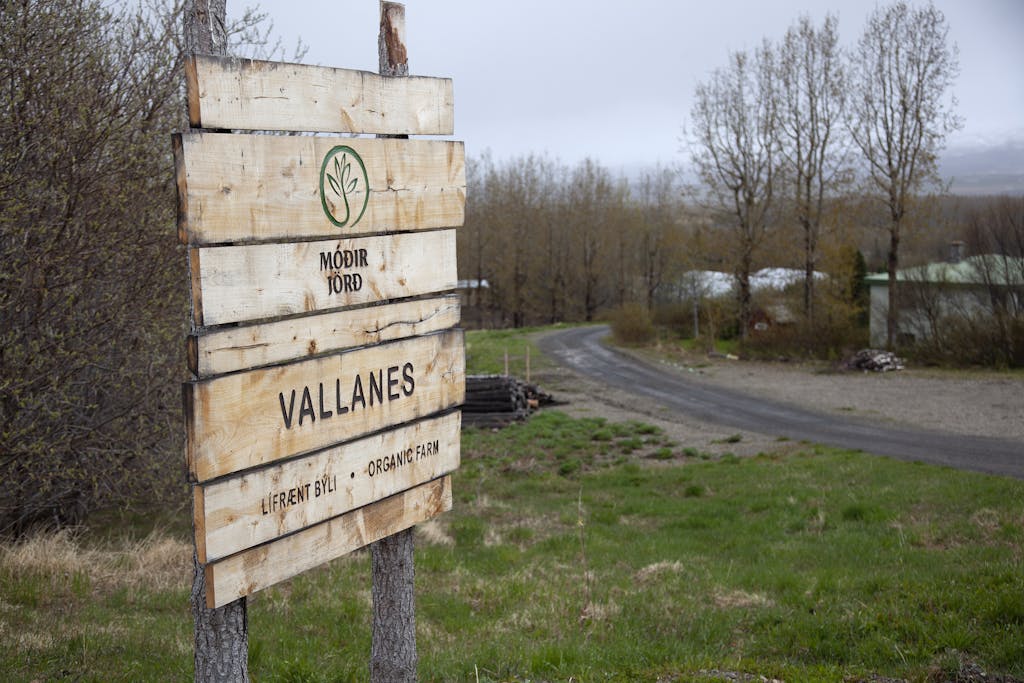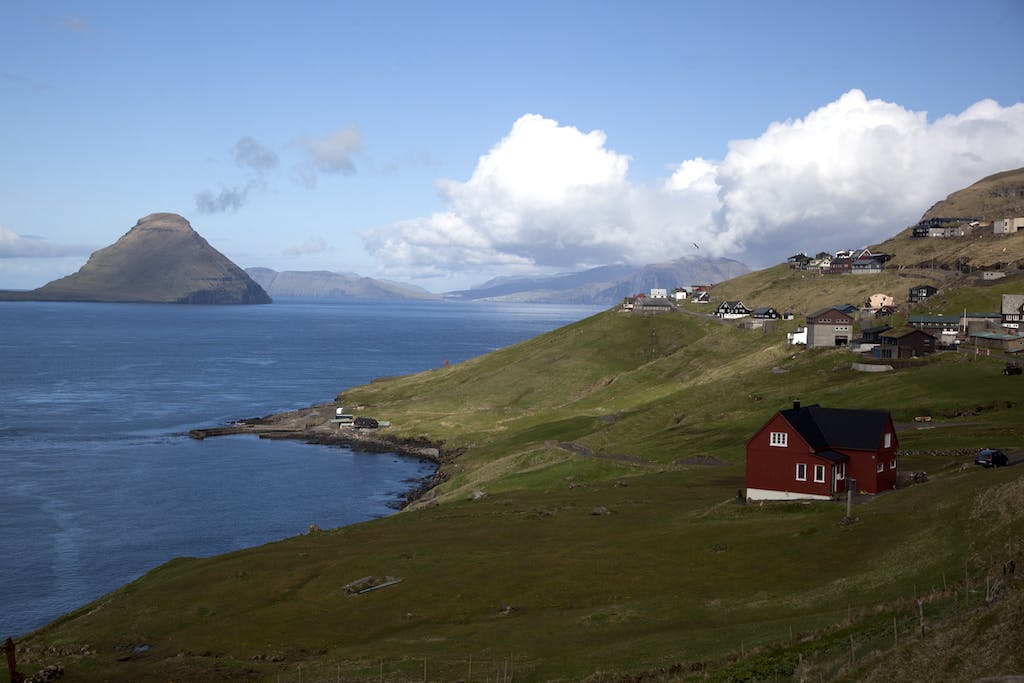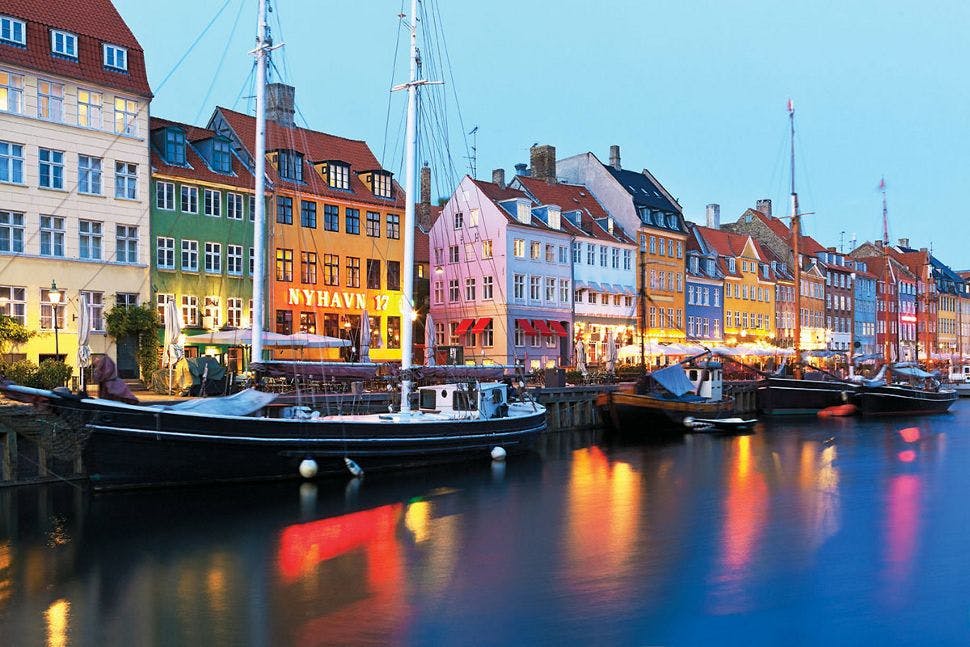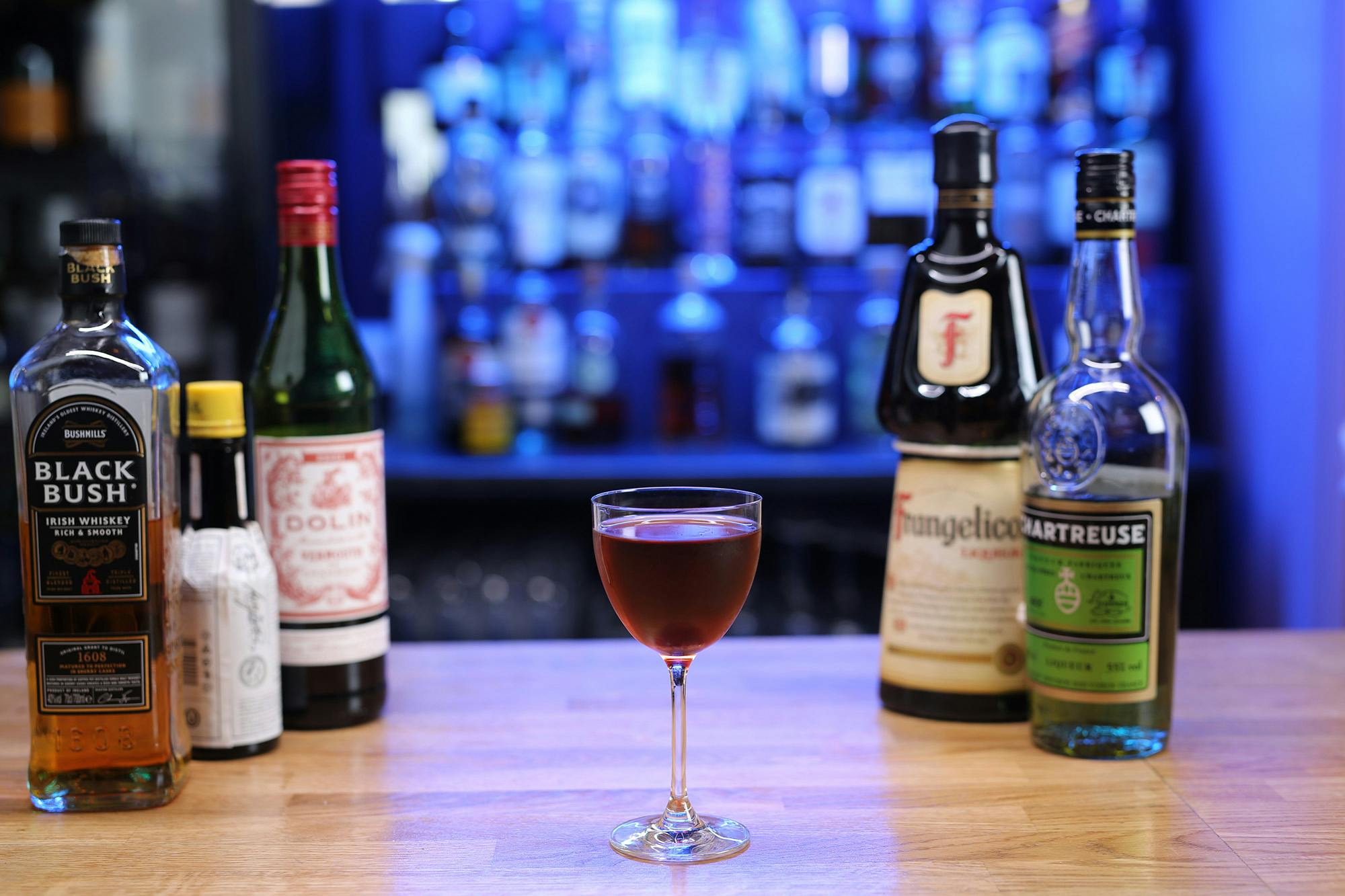S.A.L.T. Experiences: What to Eat in Iceland and the Faroe Islands
For the past two decades, since the opening of the restaurant Noma in Copenhagen in 2003 and inception of the New Nordic Manifesto in 2004, the Nordic region has been at the forefront of world cuisine. What to eat in Iceland is a big topic and the fascination is backed up by a flurry of new Michelin stars and dominating the annual World’s 50 Best Restaurants lists. A region that’s not just fjords and volcanoes, the Nordic countries are pioneering a contemporary cooking movement. One that embraces expressions of biodiversity through its use of the vast array of fish and shellfish, wild fruits and herbs, mushrooms and other native ingredients that had been overlooked for far too long.
This gastronomic revolution is at its most animated and is most in touch with its ancestral foundations in Iceland and the Faroe Islands.
I have been reporting on food on these two remote clusters of islands for the past decade for publications like The New York Times and The Guardian. I even lived on the island of Heimaey for a summer while co-authoring a cookbook with Gislí Matt from the restaurant Slippurinn. It’s one of the most fascinating parts of the world to explore completely original type of cuisine with some of the most sought-after ingredients on earth.
Yet, whenever I would recommend Iceland or the Faroes as a culinary destination, I’d get surprised expressions. No one seemed able to see it like I did. Travelers to both the Faroes and Iceland remembered restaurants that served them gimmicky, extreme ingredients, like whale sashimi and fermented shark meat in martini glasses, things that no local would eat. These should not be on any list of what to eat in Iceland. Nor were they able to access the groundbreaking farms or forage for wild herbs in lava fields. So, I called some of the most fascinating people I knew in both places to see if they would let a few groups of Silversea passengers behind the scenes, and they were as enthusiastic about our S.A.L.T. program (Sea and Land Taste), as we are.
Considering a trip to Northern Europe that includes calls at the Faroe Islands and Iceland? Check out these experiences, individually curated for S.A.L.T. Experiences – S.A.L.T.’s land-based adventures, that are like nothing you could experience on your own.
Heimaey, Iceland: Foraging beaches and lava fields with a gourmet lunch

Overview: Sure, many visitors to this volcanic island that’s part of the Westman Islands can try to book a reservation at Slippurinn, Heimaey’s seasonal, family-run restaurant that sources almost everything right on the island, but there’s more to understanding this special place than a delicious meal, though some argue it serves some of the best food in Iceland. Part of understanding and appreciating the restaurant’s cuisine is exploring the nearby surroundings.
The S.A.L.T. Experience: In addition to a great lunch, Slippurinn’s kitchen team takes you out onto the island, harvesting things like Arctic thyme and sea truffles from the puffin-filled beaches and windswept lava fields around Heimaey. Exclusive to Silversea’s S.A.L.T. Experience, Gislí, the restaurant’s chef, hosts small group foraging expeditions, looking for wild plants in some of the island’s most scenic locales. Combined with a special tasting menu that highlights the best of the island’s fish, shellfish, seaweeds, herbs and other ingredients that change with Heimaey’s microseasons, it’s the most complete culinary experience of this archipelago you could ever have in a day.
Akureyri or Husavik, Iceland: Geysir bread, brewery & farm lunch in Mývatn

Overview: Less than an hour’s drive from two different Icelandic ports — Akureyri or Husavík — this S.A.L.T. Experience features the Mývatn lake region, an otherworldly and incredibly active geothermal landscape full of strange basalt columns, mud cauldrons and fumaroles. These surround an 8-hectare lake filled with islands of pseudocraters that’s home to a number of regional culinary specialties.
The S.A.L.T. Experience: Away from the coast, the area has a distinct food culture that is unlike anywhere else in Iceland, where many of the traditions have changed little in centuries. First, we learn how to bake geyser bread, where steam vents are still used today to create rúgbrauð, a dense type of rye bread that’s a little bit sweet from low heat and long baking time and baked in these underground ovens.
Once we’ve learned how the bread is steamed for 24 hours in communal, underground ovens that are often shared by locals, we’ll visit a geothermal bakery to sample these delicious breads. We’ll also stop at spots around the lake to taste local delicacies like wind dried cod, trout or Arctic Char that has been smoked with sheep dung, learn how locals gather bird eggs, sip craft beer and dine in a farmhouse restaurant where windows look into a cow barn. Occasionally while you eat, they’ll give you the side eye as they’re getting milked. The tour is designed to give you insight into one of Iceland’s most fascinating regional cuisines.
Seydisfjordur, Iceland: Organic barley farm and vegetarian lunch in the scenic Fljótsdalur Valley

Overview: One of the great stories I’ve had the pleasure of reporting in the region is the resurrection of barley in Iceland. It was the only grain that could be consistently grown in the country during Settlement. But with lower temperatures brought by a Little Ice Age that started in the 13th century and lasted for more than 600 years, it stopped being grown and many of the recipes using it disappeared. Barley was essentially forgotten in Iceland and imported grains came to take its place.
Enter Eymundur and Eygló in Vallanes, who have single-handedly brought barley back into existence on their sprawling organic farm in the breathtaking Fljótsdalur valley. To create this unlikely project they had to plant more than a million trees on the property to create favorable conditions for growing the grain and countless specialty vegetables. Their continued experimentation has earned them countless awards and recognitions around the world.
The S.A.L.T. Experience: Upon arrival, we’ll meet Eymundur and Eygló and they’ll share with us the history of barley in Iceland. They’ll tell us about the challenges of farming in the often-unpredictable environment while they lead us across the fields, greenhouses and forests that span the property. Afterward, we’ll enjoy tasting special varieties of vegetables grown on the farm and have a delicious Icelandic lunch alongside organic wines, beers, and herbal drinks.
Tórshavn, Faroe Islands: Faroese cuisine in a traditional turf house restaurant
Overview: The Faroe Islands has become one of the most talked about culinary destinations in recent years because many of the most sought-after luxury ingredients in the entire Nordic region come from here, such as giant langoustines and Mahogany clams that live for hundreds of years. The restaurant Ræst, set inside a 400-year-old, traditional turf-roofed house with low-ceilinged dining rooms in Tórshavn’s most picturesque neighborhood, has been at the center of the remote archipelago’s culinary awakening, utilizing ancient Faroese fermentation techniques and infusing them into contemporary dishes. It’s the sister restaurant to the two-Michelin starred Koks, which has been profiled in the New Yorker.
The S.A.L.T. Experience: This tour gives guests an up-close look at traditional Faroese food techniques, while enjoying them in a modern format at one of the region’s most renowned restaurants. The creative, three-and-a-half-hour tasting menu manages to be both authentic and innovative at the same time. This is an experience you could only have in the Faroe Islands, and you’ll taste things you have never tasted before, such as wind dried lamb and fermented gooseberries, to give examples.
Considering a trip to Northern Europe that includes calls at the Faroe Islands and Iceland? Check out sailings with S.A.L.T. Experiences.



















